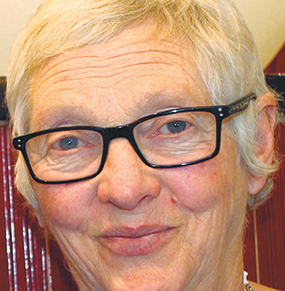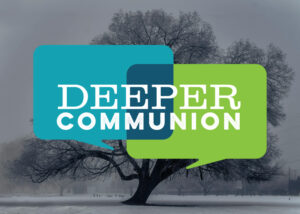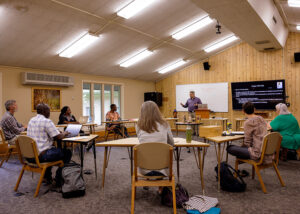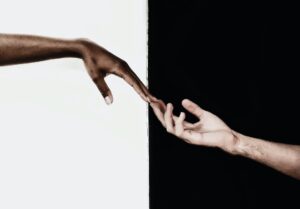I like to think Canada is a progressive country, and discrimination is on the decline, but I’ve had a reality check.
Recently, a group home caregiver, a Liberian woman, told me of her challenges with a difficult client who often wanders from the home. She has had to run after this client to keep her safe from traffic. Three times, neighbours have called the police to report this black woman running down the street. Many people in Edmonton, including myself, run on the sidewalks. Why is a black woman running a reason for calling the police?
I recently visited a family of Indian-Pakistani background and had some time alone with their junior-high daughter. She told me of the personal, emotional and online bullying she lives with. Her dark skin and the fact she is Muslim make it difficult for her. Last year, she reported the bullying, and that made it worse. This year, she is not reporting them, and is just getting by with support from good friends and family. She would love to respect her mom by wearing a hijab but says the discrimination is so bad already she doesn’t have the nerve to add another layer that could make it even worse. My heart broke for this young woman.
I know from Canadian-born Muslim friends who wear a hijab, that in the last few years they have faced more discrimination and feel uncomfortable in our city. There was alarm and taking of extra precautions, even here in Edmonton, when a letter circulated on social media labelling April 3 as “Punish a Muslim Day.” The letter detailed a point system, ranging from 25 points for pulling a Muslim woman’s hijab to 1,000 points for burning or bombing a mosque.
Julien Hammond, a Roman Catholic colleague, says, “Whenever I attend a presentation by our local hate crimes police, I am always astounded to learn how much energy and planning goes into mobilizing various movements of hatred in our society. They recruit, they train, they fundraise, they hold rallies—all for the purpose of directing harm toward others, whether physical, mental or otherwise. And I think of all the energy and resources that we, in our respective communities and collaboratively, allocate to mobilizing movements of peace and increased understanding between peoples. Is it comparable? Is it enough? More to the point, do we seek only to offer a counter-narrative to their hatred, or do we go further to pray for these ‘enemies’ of peace and embrace them with Christian love?”
Are we, in our Mennonite churches, able to see the racism around us and in us, and respond as Jesus did, reaching out to the persecuted? As Christians, how do we “recruit, train and rally” our people to be allies to all of God’s people? Here are some easy first steps: Smile at and greet people of races other than your own. If you see someone being harassed, go stand with them. Listen to those who have stories of racism to tell, and find a way to encourage and support them.
Donna Entz relates to immigrants and refugees in Edmonton for Mennonite Church Alberta.






Leave a Reply
You must be logged in to post a comment.